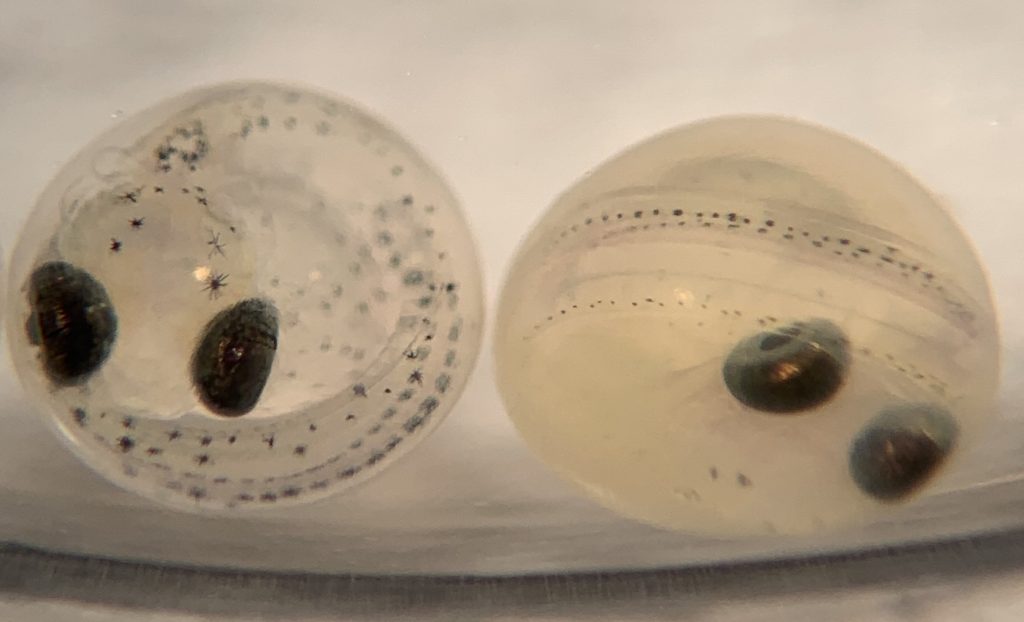By controlling light transmission in lakes, water transparency can affect temperature, dissolved oxygen, photosynthesis, visual predation, and nutrients, as well as the distribution of fish, zooplankton, and phytoplankton. In the Global Change Limnology Laboratory, we investigate how water transparency structures lake ecosystems by using our extensive global UV database and advanced sensors to see how transparency changes daily, seasonally, and annually, and how this affects other abiotic factors such as dissolved oxygen, as well as aquatic biota such as zooplankton and fish, and the development of disease and harmful algal blooms (HABs).



You must be logged in to post a comment.